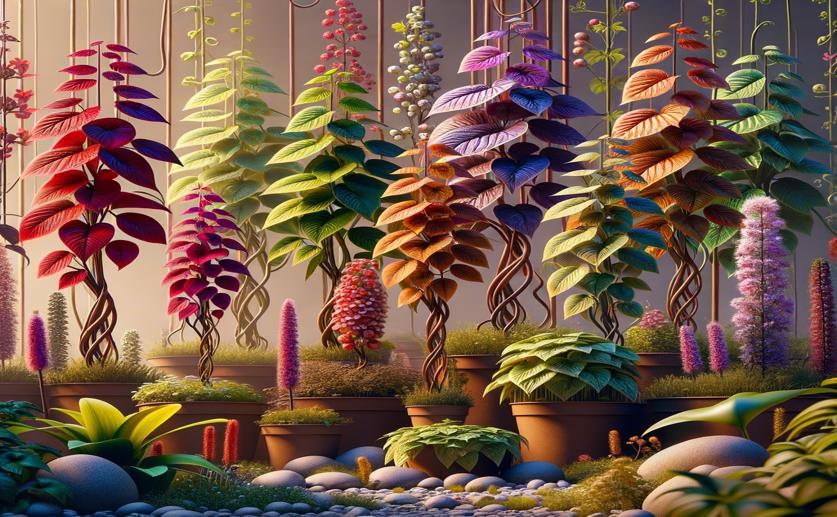
Genetic Factors Behind Color Variations in Plants
Jim Crocker
4th July, 2024

Image Source: Natural Science News, 2024
Key Findings
- The study from TU Braunschweig focused on understanding how plants produce anthocyanins, pigments responsible for red to blue colors in flowers
- Researchers identified a complex of three proteins (MYB, bHLH, and WD40) that regulate the genes responsible for anthocyanin production
- By manipulating these proteins, it may be possible to enhance or modify anthocyanin production, which could benefit agriculture and horticulture
References
Main Study
1) Genetic factors explaining anthocyanin pigmentation differences
Published 3rd July, 2024
https://doi.org/10.1186/s12870-024-05316-w
Related Studies
2) From landing lights to mimicry: the molecular regulation of flower colouration and mechanisms for pigmentation patterning.
3) Biosynthesis of plant pigments: anthocyanins, betalains and carotenoids.
4) Increasing floral visitation and hybrid seed production mediated by beauty mark in Gossypium hirsutum.
5) Drought-induced changes in flavonoids and other low molecular weight antioxidants in Cistus clusii grown under Mediterranean field conditions.
Journal: Tree physiology, Issue: Vol 24, Issue 11, Nov 2004



 1st July, 2024 | Jim Crocker
1st July, 2024 | Jim Crocker